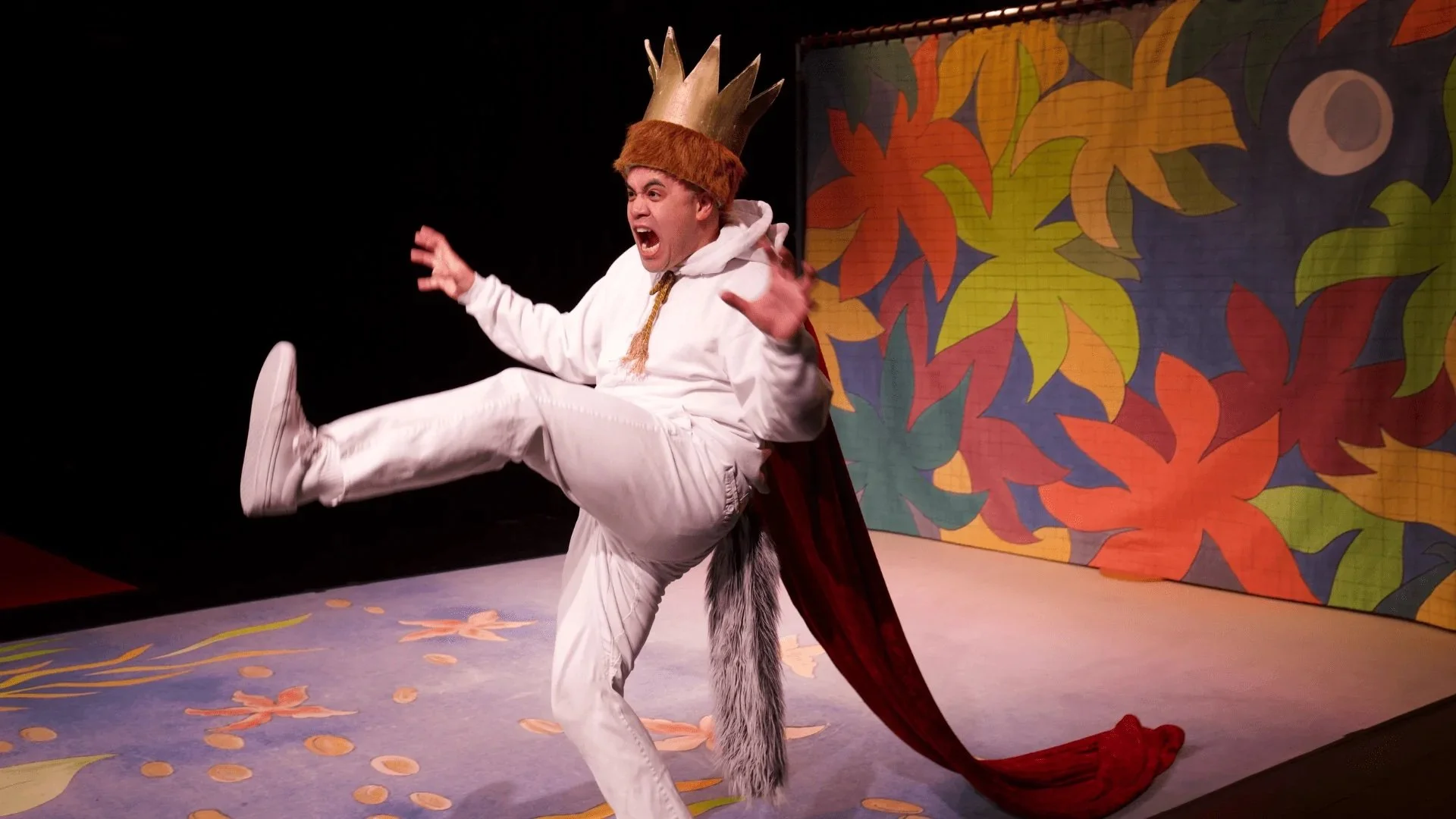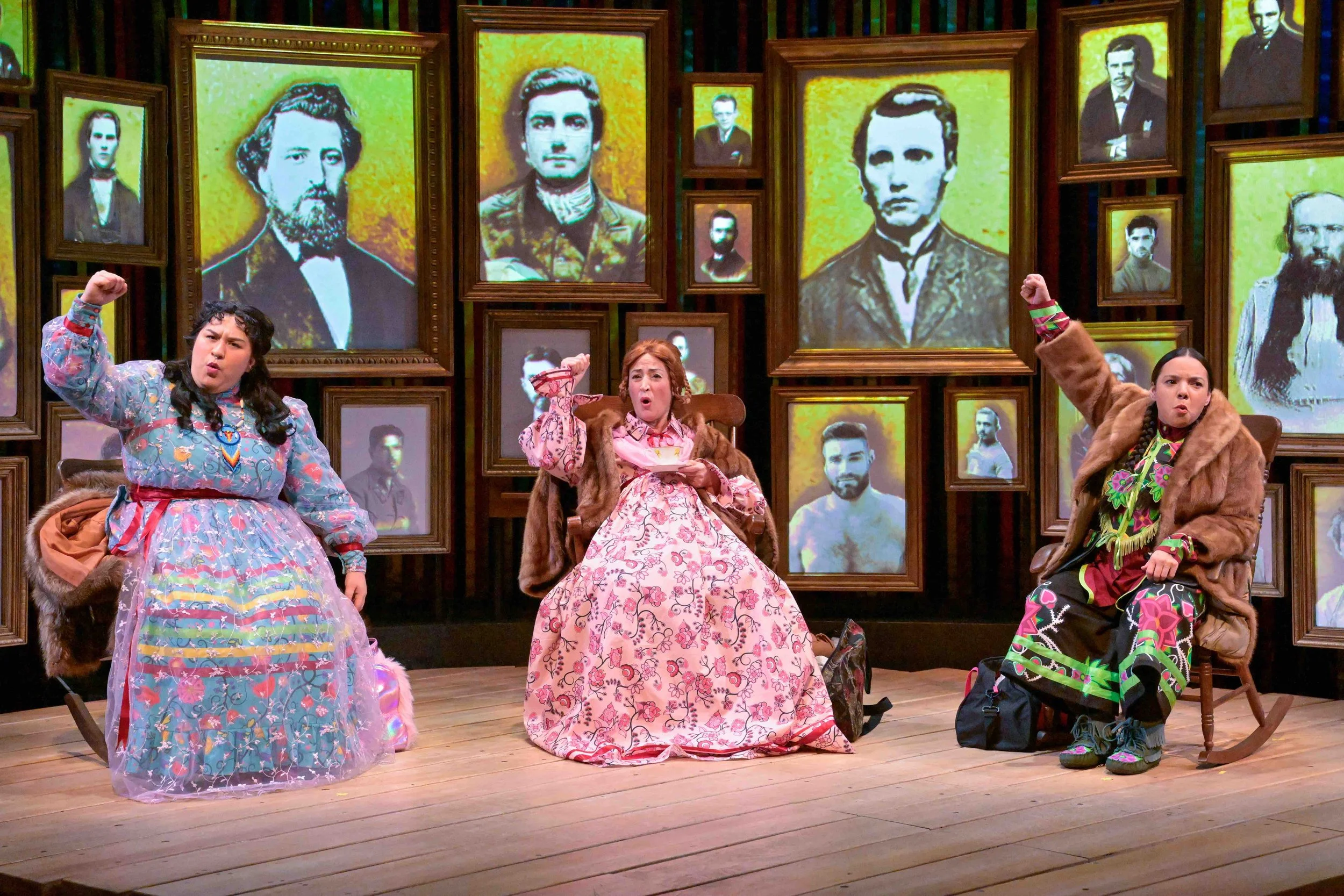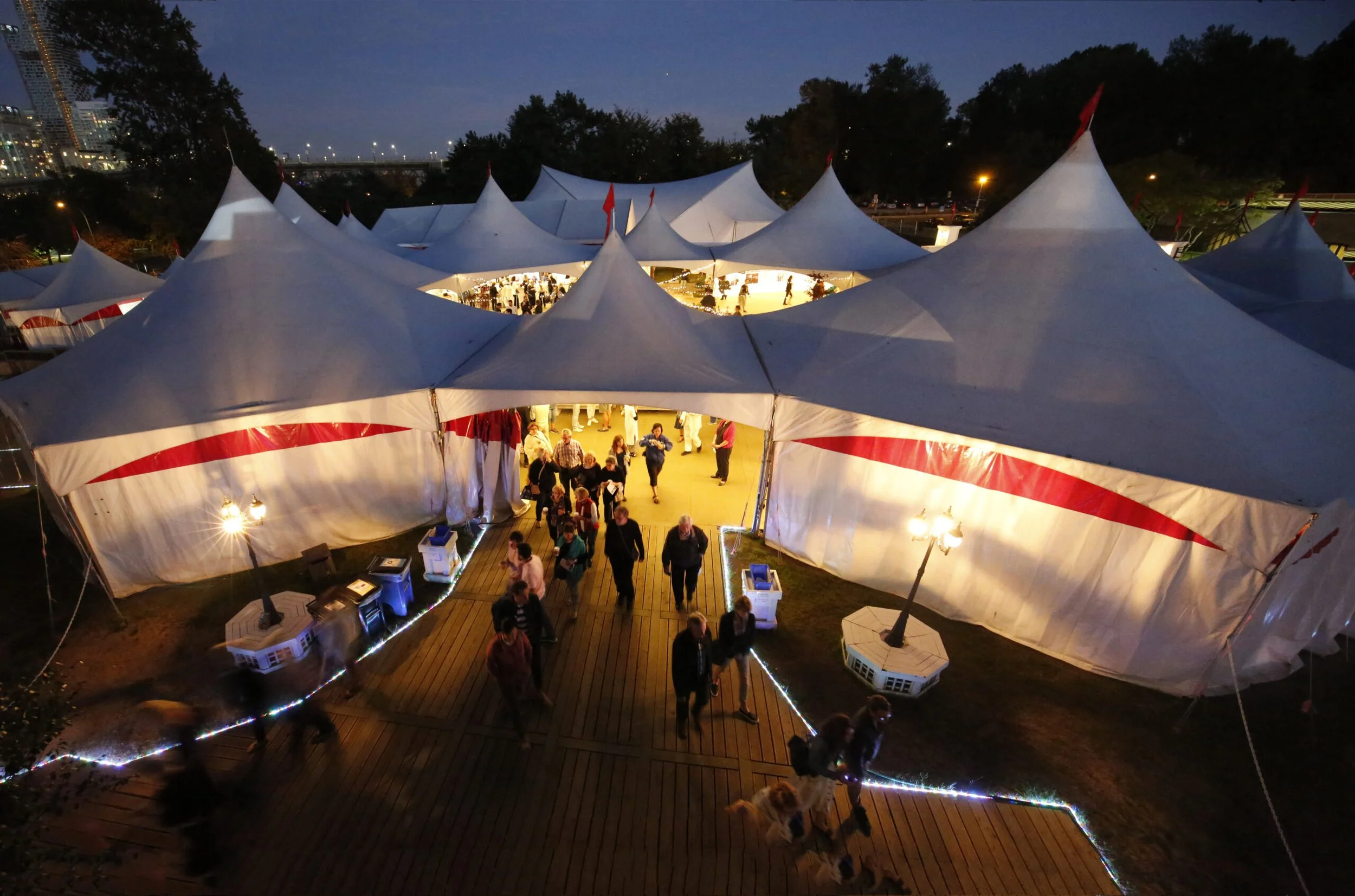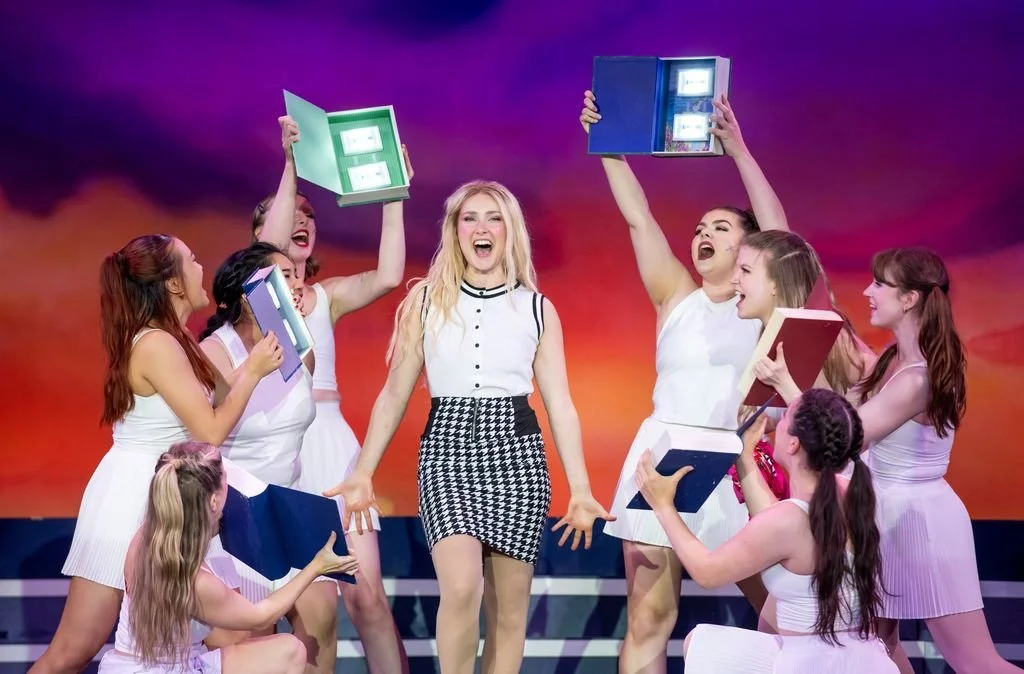Theatre reviews: Sultry tango, orange puppets, and orca laments—a first look at Vancouver Fringe Festival shows
Peaches: The Play!’s cutting social critique; Tango in the Dark’s mad dancing skills, and more
Peaches: The Play!
Tango in the Dark.
PEACHES: THE PLAY!
To September 17 at The Nest
It’s 2028 and years have passed since Maarika, a struggling actress, last found work. Her career took a downturn after she bravely came forward to expose her assailant, a fellow actor. Over the years, she stood firm in her commitment to addressing rape culture through her podcast, and now, that dedication places her in the running for the lead role in a new Broadway musical. Peaches: the play! offers wry humour that will have you rooting for its protagonist while painfully acknowledging her impossible situation. The absurdity begins with a voice message from her agent, Carol, touting the musical as a heartwarming avant-garde tale of redemption, with the lead role being none other than Harvey Weinstein. This offbeat premise descends into even darker hilarity as no one seems to see anything amiss, instead praising its ground-breaking potential. With skepticism but unable to pass up the opportunity, we follow Maarika as she prepares for the crucial audition, guided by an acting coach who encourages to find commonalities with her assailant to find the character within herself. “Is this reverse therapy?” the actress wonders.
Maarika Freund's comedic timing carries most of the humour in the play. It's Freund's unfiltered performance and heartfelt reflections, inspired by her real-life ordeals, that deeply touch on the nuances of empathizing with aggressors, the alienation faced by those who come forward, and the hypocrisy within the entertainment industry. She shares these moments with her orange puppet companion, Peaches, who, though occasionally underutilized, adds a touching element to the one-person show. Peaches becomes a symbol of the isolation experienced by a woman coping with the aftermath of a traumatic event. The play’s comedic social critique culminates in a cathartic ending, offering room for healing and resilience. •AR
TANGO IN THE DARK
At the Waterfront Theatre to September 13
Tango in the Dark, presented by PointeTango, is a piece that dazzles with artistic brilliance. Danced by Erin Scott-Kafadar and Alexander Richardson, two world–class artists and athletes, the show is a brilliant fusion of classical ballet and Argentinian tango, packaged in a creative production that considers story, flow, visuals, and the audience.
In recognition of the impact the COVID-19 shutdown had on the performing arts, Tango in the Dark begins with a mesmerizing contemporary ballet number featuring Scott-Kafadar dancing en pointe with partner Richardson, and gradually introducing tango steps. The number climaxes with an outstanding one–handed star lift, which caused the opening night audience to gasp and then erupt into applause.
From there, the dynamic duo takes us through Buenos Aires at night, with the help of film footage projected onstage. From the electrified city scene to a romantic tango bar to a bass-pumping nightclub to a field under the starlight sky, we’re swept through this dance journey. The choreographic stylings and moods range from sultry and sensual to full-on show-biz spectacular.
Make no mistake—this is both real ballet and Argentinian tango combined. Scott-Kafadar’s pointe work, battements, penchés, and petit battements, are ballet-company-principal level. And the pair’s holds and patterns, quick swivels, and leg flicks would be the envy on any tango floor. To show her expertise, Scott-Kafadar even dances with one pointe shoe on one foot and a heel on the other—even tying into a cute Cinderella theme. From sassy numbers like “Fever” to the quietly captivating “Clair de Lune”, there’s meaning to every piece, and the dancers never forget the audience, even playfully interacting with them at times. Tango in the Dark feels like dream come to life. •VK
Whale Fall.
WHALE FALL
To September 16 at Pacific Theatre
While orcas making headlines for attacking boats may raise concerns, the harsh truth is that our impact on them and their environment is a far greater threat. Whale Fall paints a haunting picture of a possible near-future where orcas have already gone extinct. “Why study something that doesn't exist anymore?” Rebecca, our nature-loving protagonist, laments to the audience and her father. Her fascination with killer whales, nurtured from childhood, sets the stage for Whale Fall. Part coming-of-age and part cautionary tale for the climate crisis, the story centres the intimate bond between Rebecca and her father.
The play thrives on rich imagery rather than a rigid narrative structure. While we trace Rebecca's stumbles into young adulthood in a mostly linear fashion, there are moments where we shift between her more recent and distant memories with her father. He remains a constant presence, tirelessly encouraging her dedication to marine biology in the face of a grim environmental reality. The two characters communicate across the bounds of time, space, and language, as her father's physical presence morphs into abstraction, circling Rebecca and embodying movements and sounds reminiscent of orcas. At times, Whale Fall immerses you in a beautifully ethereal oceanscape, but it also delves into a gravity and drama that can be crushing, in no small part thanks to the performances. Its dreamy sound design guides you through the vast underwater, and as you drift along, the dialogue jumps from vivid descriptions about the fascinating culture of killer whales to the bleak truths of climate change. Tenderness is a central virtue of the play, and it links all ideas through a thread of familial affection that transcends species. •AR
Femillennial.
FEMMILLENNIAL
At the Waterfront Theatre to September 12
Armpit sniffs, nail biting, and retching noises—it’s a fast-paced, wonderfully nerve-wracking opening set to Manfred Mann’s “Do Wah Diddy Diddy” in Kylie Thompson’s Femmillennial.
The multimedia dance piece weaves together a misogynist retro-film screening, archival interview clips, and even a slam-poetry-style monologue in an exploration of women’s roles in society. Three dancers feign businessmen in button-ups: Kiera Breaugh in monochrome pinstripes, Claire Whitaker in a pastel ‘80s geometric pattern, and Dana MacDonald in a vintage-blue Western print.
What’s most notable are the undercurrents of awkwardness and exasperation that prevail throughout. There’s forced smiles and hair tucked behind ears, coupled with fiery middle fingers and deadpan stars. Breaugh, MacDonald, and Whitaker display an impressive range of partnering and athleticism (think dynamic overhead lifts and full-out floorwork).
The dancers remove their shirts and redress themselves over and over again, blurring the line between stereotypical femininity and masculinity. At one point, an imaginary basketball is dribbled; elsewhere, an invisible cigarette is smoked.
Some moments shine brighter than others—it’s uncertain whether a small collision with a chair is intentional clumsiness or an accidental misstep. Nonetheless, Femmillennial leaves viewers on an optimistic note about the future of female roles in society. •EL
A Life Sentence.
A LIFE SENTENCE
To September 17 at Arts Umbrella
“If Hope were a colour,” Alina Blackett’s Gwen says at the start of A Life Sentence, “it would be beige.” The ensuing performance, on the other hand, is a vibrantly navigated story of darkness. Based on the true experiences of playwright Jarred Stephen Meek’s mother in 1970s Hope, B.C., Gwen is sexually abused from age nine by her radio broadcaster father John (Logan Fenske).
Blackett is aptly anxious and frantic as Gwen, spurred by a fear of her abuser. In return, Fenske’s John is a drawling, drunken menace; his sideburns, handlebar stache, and wife-beater tank complete an image of old-fashioned intimidation that contrasts his respected radio persona.
Gwen’s childlike wonder shines through in an impromptu belting of Johnny Nash’s “I Can See Clearly Now” with her best friend Lisa (Sofie Kane), and in her passion for horseback riding; but it’s ripped away from her when her father forces a deeply unsettling slow dance between them.
The shock of gunshots, plus the foreshadowing of a funeral, cast an ominous tone throughout the show. It’s an uncomfortable watch, but a necessary one—we see the long-term effects of childhood trauma on full display as a woman chases justice. •EL
THREE ACTS OF A WOMAN
To September 17 at the Waterfront Theatre
Majid Tafreshi’s Three Acts of a Woman brings to the stage the harrowing stories of three women—a mother and her two daughters—and their struggle to live a simple life in patriarchal Tehran. The minimal black and white costumes, along with the limited use of props, adds to the tension between characters—all brought charismatically to life—making the complexity of the women’s relationships the main focus of this episodic play.
Drawing inspiration from Joan of Arc, Antigone, and Medea, the play starts with the story of 15-year-old Neda being married away to an affluent, older man, Sed, by her father. She attempts to kill Sed on their wedding night only to find out later, through her boyfriend, that her husband is alive and out to get them. Tragedy ensues, and Neda’s sister puts out a video on her social media letting the world know of their father’s cowardice—a move made to assert her agency that soon leads to her own demise. The plot circles back to their dead mother, who is conflicted about having to raise her child born out of rape or aborting and running away to a better world.
In the beginning, Neda remarks that the audience members are wedding guests—here to celebrate her fear. This puts into perspective our passivity towards gendered violence. The women in the family constantly question how religion is used to justify atrocities against them. The play also juggles the idea of women being turned into heroes in their attempts to make simple life decisions for themselves. The play has a lot to offer, with its strong script and even stronger performances. •AA
HOW TO BE JAPANESE
To September 14 at Carousel Theatre
Miyo Yamauchi’s How to be Japanese is a fun ride to Japan through the eyes of a Japanese woman living in the U.S. The content is straightforward, but Miyo’s charming stage presence and confidence in storytelling keep the audience engaged and wanting more. Yamauchi uses a PowerPoint comedy format—a reflection of her off-camera corporate life—to explore stereotypes about Japanese people and make fun of at the same time. She jokes about everything Japanese—how Japanese people are a little extra-polite; how they can turn any occasion into a reason for drinking; and her very serious dislike toward Hello Kitty. Anecdotes range from the wonders of growing up in Hiroshima to being asked about her citizenship by strangers in the U.S.
Even though the show is not rolling-on-the-floor funny, it has enough witty bits to make it well worth a watch. The raw narrative of a Japanese woman trying to achieve her American dream seldom finds its way into popular media. She ends with an unapologetic “Your normal is not my normal” for anyone who feels her world is a bit too far outside their own. •AA


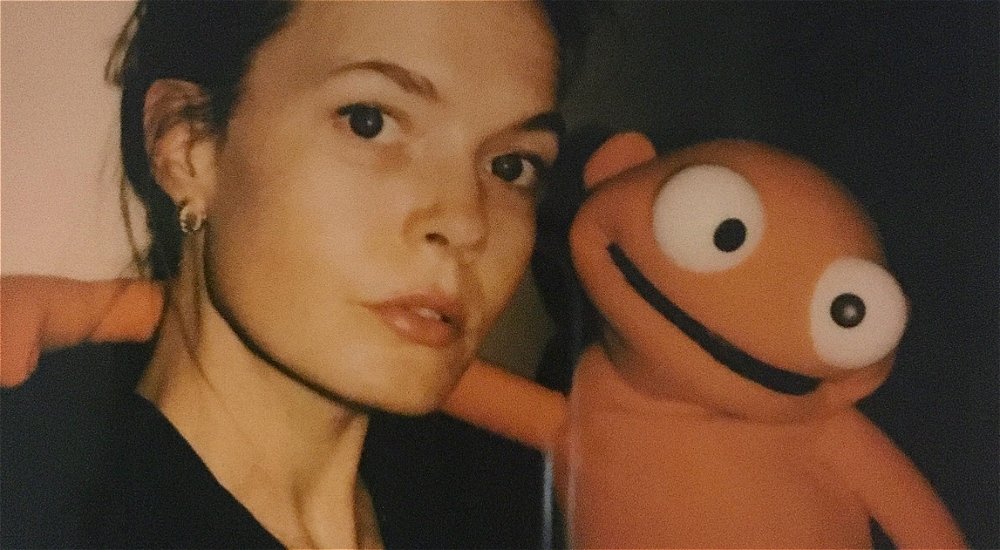
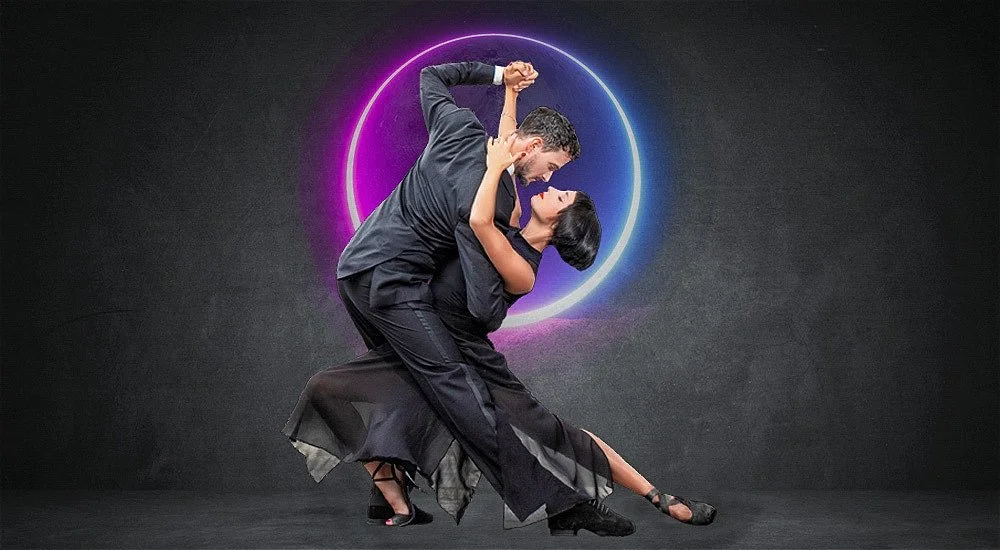

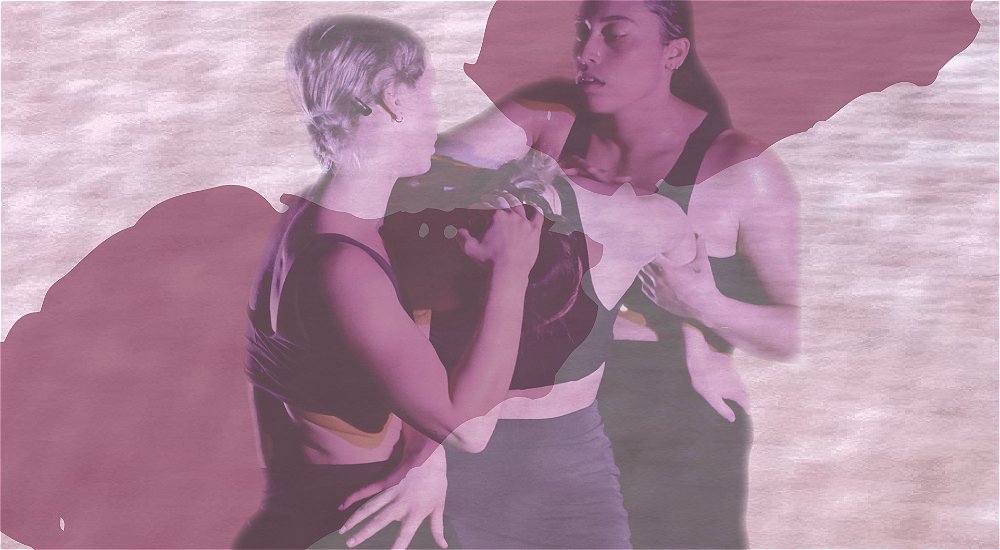

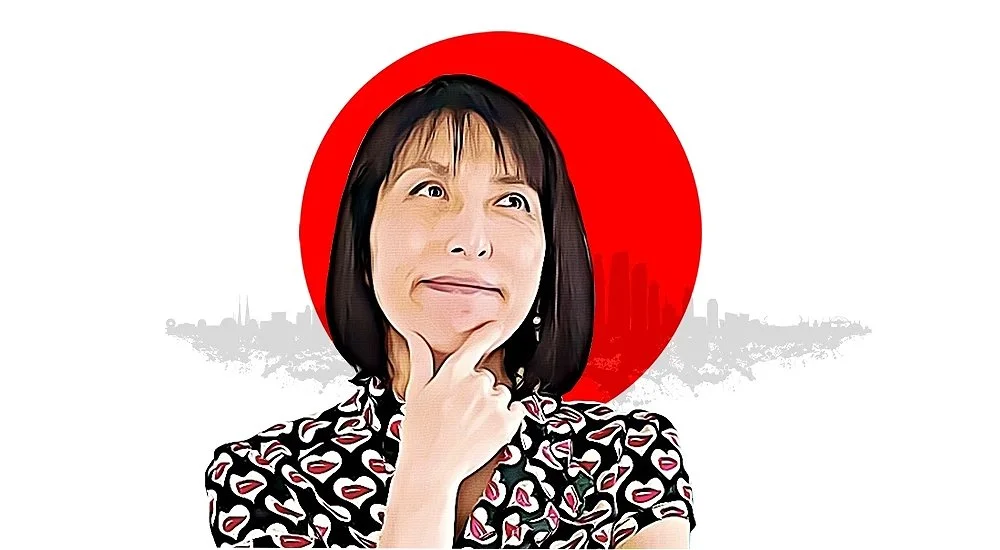




![Theatre review: Complete Works of William Shakespeare (abridged) [revised] [again] takes pleasingly panicked tour of the Bard’s canon](https://images.squarespace-cdn.com/content/v1/5f10a7f0e4041a480cbbf0be/1752776963817-BS2BYYQMLMSGU9OG3E37/Nathan-Kay-and-Craig-Erickson.-Photo-By-Tim-Matheson.jpg)
